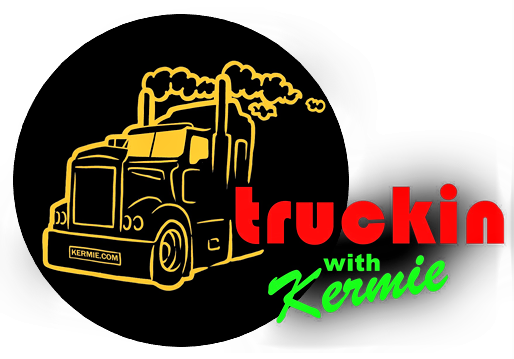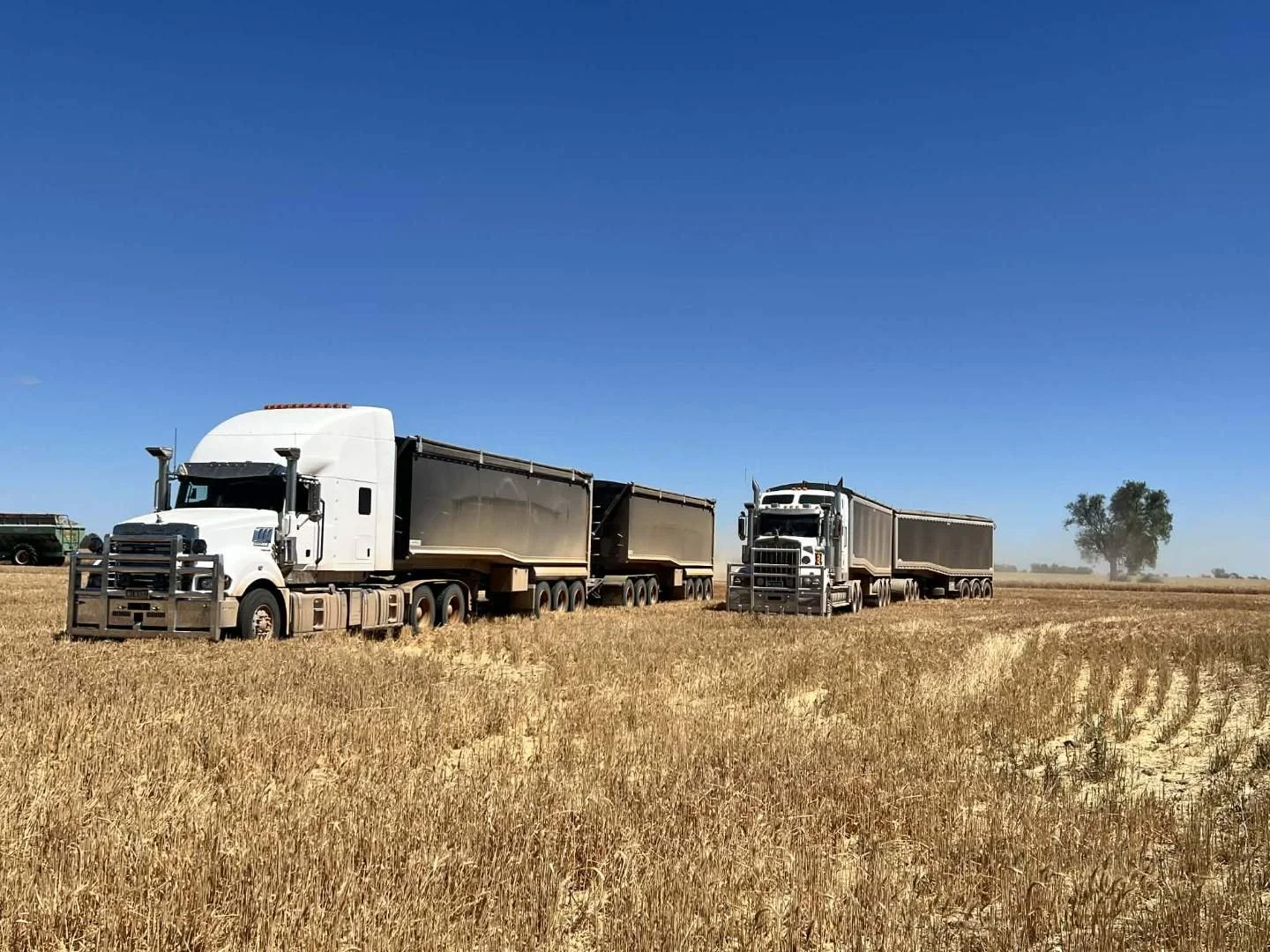peterbilt - a brief history
In 1916, In Oakland, California, the Fageol brothers - Rollie, William, Frank and Claude - founded their business, manufacturing trucks, tractors and cars. They were well built and became a favourite of the industry, partly due to the dual range, mid-mounted transmission which allowed for extreme ranges in gearing for slow speed heavy hauling and also for highway speeds with lighter loads.
An early Fageol
T.A (Al) Peterman was a plywood manufacturer and lumber man. He ran a huge logging operation based in Tacoma, Washington, and needed logging trucks. He could not get his felled timber to the mill quickly or efficiently enough to suit his needs, so he looked to the rapidly developing automobile industry for logging trucks that could do the job.
Peterman began by rebuilding surplus military trucks, developing and improving each vehicle along the way i.e.: replacing crank handles with battery power.
In 1938 he bought the ailing Fageol Company which had gone into receivership in 1932 at the height of the great depression. Peterman paid $50,000 for the factory and equipment, which was located on 13.5 acres. In 1939 the first Peterbilt truck was produced.
The company’s name, Peterbilt, came from a line of wood doors produced by one of Peterman’s facilities. The liberal use of plywood in the interior of early “Petes” was another link with Peterman’s lumber operations
The Peterbilt resemblance is obvious in this Fageol
Peterman aimed at building 100 trucks a year, concentrating on quality not quantity. In the first year 14 trucks were built and in the following year 1940, 82 were produced.
1939 Peterbilt
While wartime rationing slowed production following the United States entry into World War 2, within a couple of years Peterbilt was producing for the military. By 1945 production was up to 324 units. In its earliest days, the plant kept busy by renovating various makes of truck.
1945 Peterbilt
After Peterman died in 1944 his wife sold the company to 7 individuals within the organisation, but retained the land. The company rapidly expanded into a major producer of heavy duty trucks.
Timber - the reason for Peterbilt’s existence
After the war, Peterbilt incorporated new materials and techniques into its production. Its trucks had aluminium grills since the Fageol days, but the company began making more components such as hoods out of the lightweight metal.
1949 Cab-over
The company’s trucks underwent a major restyling in 1949. Peterbilt soon brought out its first cab-over-engine model. These compact, boxy tractors could carry longer trailers than conventional models while remaining within length limits.
Pacific Car & Foundry Co (becoming PACCAR in 1972), primarily a manufacturer of railroad freight cars but who had acquired the assets of heavy truck competitor, Kenworth in 1944, bought the Peterbilt business when Ida Peterman announced plans to sell the property to develop a shopping centre. The shareholders – not wanting to invest in a new manufacturing facility – sold the company. PACCAR allowed its truck brands to continue to operate independently of each other.
Peterbilt briefly produced the 260/360 series trucks before halting for war production in 1942. It followed with its popular 280/350 “Iron Nose” series, which were conventional trucks with separate fenders and a deep vertical grille with vertical shutters.
Peterbilt’s most durable line was the 281/351 series produced from 1954-76 with its now-reshaped narrow nose and butterfly hood. Tilt cab-over-engine models started in 1959 and were extremely popular with truckers for their easy access to the engine and compact dimensions. Cab-overs fell out of favour by the 1980s when the trucking industry was deregulated and truck size rules were relaxed.
Peterbilt 351 Heavy Duty
Peterbilt added a number of varieties of specialized working trucks in the 1970s. The company was making as many as 17 different production models at a time. One of its most enduring successes was the Model 379, introduced in 1986. For many years, it occupied nearly all the production of the Denton, Texas, plant.
The 379 model was Peterbilt’s top-selling truck from 1987-2007, with its iconic long square nose and aluminium hood. The 2006-07 models were vastly improved, especially driver visibility, with redesigned windows and an enlarged rear window. The 379 was replaced by the Model 389, which featured improved aerodynamics and other refinements.
The classic 379
Peterbilt spent considerable resources developing sleeper units for its trucks in the 1960s and ’70s. It first developed a shell to match the cab’s paint scheme. The interior also was developed to match the interior of the cab. The company also helped design the 40- and 60-inch Mercury sleepers as well as a line of custom sleepers. In the 1970s, 63-inch-long sleepers were designed to allow the driver to walk from the cab directly into the rear sleeper. In 1994, the Unibilt sleeper was equipped with air suspension. By 2005, a 70-inch version was introduced.
Peterbilt continues to hold mystique in Australia. It is the only truck Kenworth owners aspire to own.
More Blog Posts You Will Love
More From In-depth
Got something to say? Say it here!
truckinwithkermie.com is for YOU and about YOU. We’d love to hear your stories. There are a number of ways to get in touch with us:
kermie@truckinwithkermie.com
(+61) 0418 139 415



















